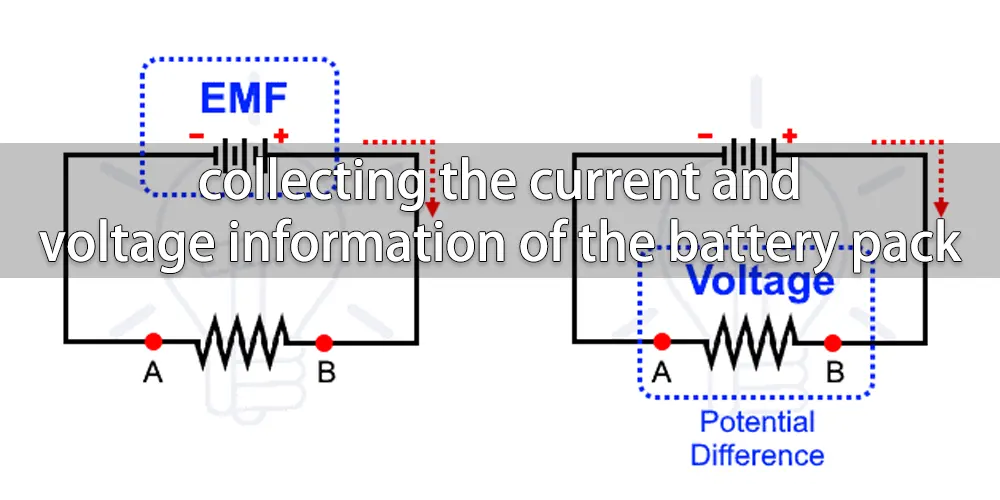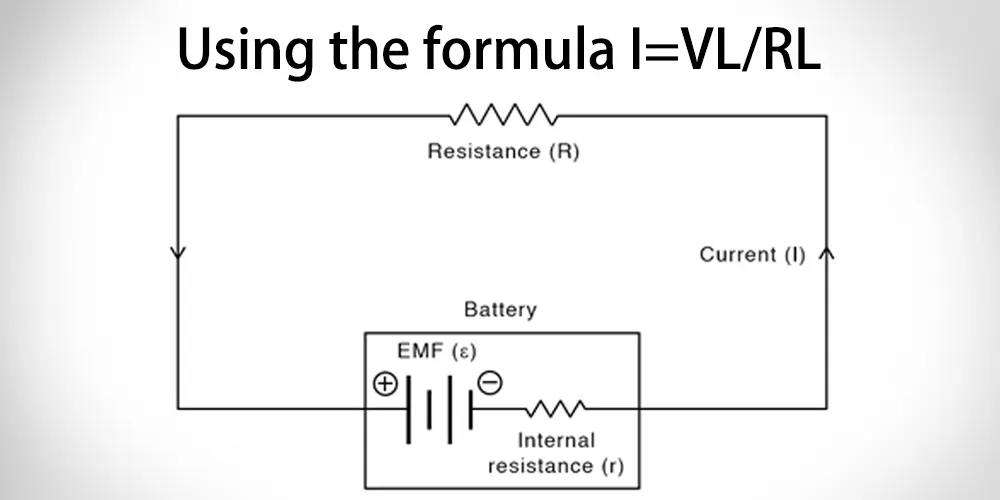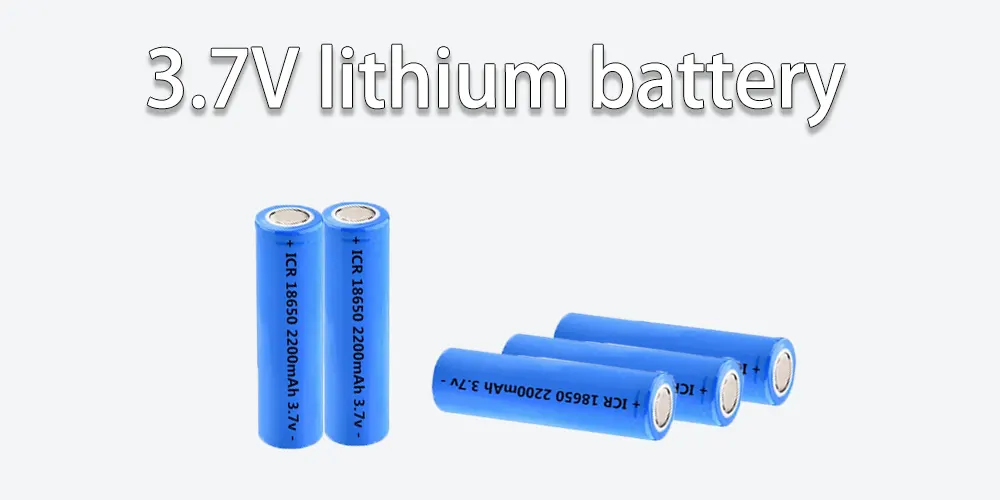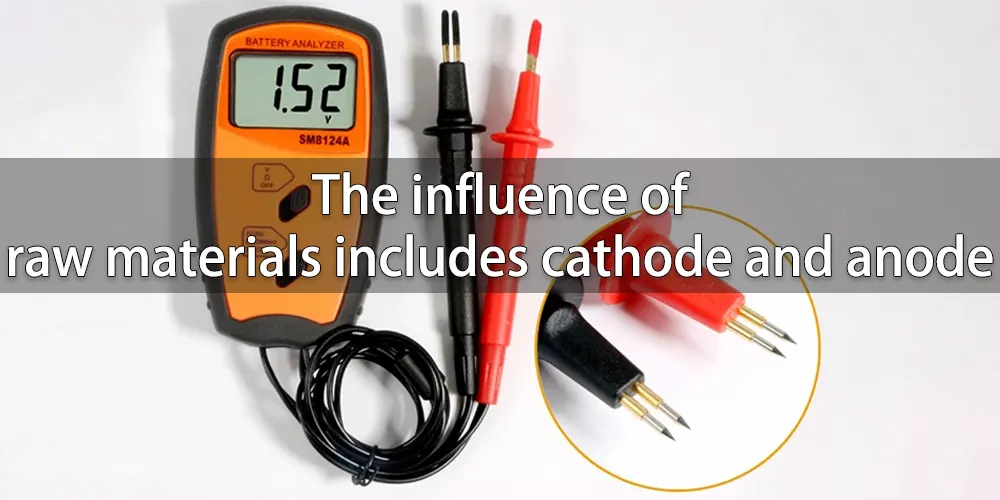Internal resistance of a battery - the hidden factor in battery safety

What is the meaning of internal resistance?
One common factor that determines a good battery is its internal resistance; the lower, the better. Internal resistance can be simply described as a battery’s natural resistance against the flow of electrons. This is especially important in power battery areas such as the lifepo4 motorcycle battery.
How to measure the internal resistance of a battery?
Determining the internal resistance of a battery begins with measuring its voltage without any load using a voltmeter. Then, attach a load with known resistance across the battery and monitor the voltage again. Now that you’ve obtained these readings, it’s time for a little paperwork.
Using the formula I=VL/RL, calculate the current through the load. V represents the second voltage you measured with the load connected, and R represents the resistance of the load.

Calculate the voltage difference using the initial voltage V and the load voltage V.
Difference in voltage is VDiff = Vi – VL.
Divide the voltage differential by the current.
R = VDiff / I.
The final result is the internal resistance of the battery.
How does internal resistance affect battery performance?
A battery’s internal resistance is a vital aspect that influences its efficiency. High internal resistance can cause voltage drops across a load, limit current flow, and overheat the battery.
Internal resistance of a battery varies between complete charge and depletion and is also temperature sensitive. All of these variables combined can raise internal resistance.
What affects internal resistance of a battery?
Structural design influence
The number, size, and placement of the battery lugs directly affect the internal resistance of the battery in the structural design of the battery, in addition to the riveting and welding of the structural sections of the battery itself.
Internal resistance of the battery can be successfully decreased to a certain amount by adding more lugs. The internal resistance of the battery is also impacted by the placement of the lugs. When the lugs are placed at the head of the cathode and anode, the internal resistance of a wrapped battery is at its highest.
Raw materials
The influence of raw materials includes cathode and anode, current collector, separator, etc. For instance, the performance of lithium batteries is largely determined by the energy density of the anode materials that store lithium ions, such as ternary lithium, lithium iron phosphate, and other positive electrode materials.
The pore size of the separator affects the passage of lithium ions, and good ion passage can improve conductivity and reduce battery impedance.
Temperature
Temperature has a clear effect.The operating temperature of conventional lithium batteries is between -20°and 60°, but generally speaking, the performance of lithium batteries will decline when it is lower than 0°.
This is due to the fact that ion movement within the battery is slower at lower temperatures, and both the charge transfer resistance and SEI membrane resistance steadily rise at low temperatures.
Choose the right battery according to internal resistance
Higher internal resistance lowers the battery’s effectiveness and capacity, resulting in shorter run periods and lower output of energy.
To find a battery with a lower internal resistance, try looking for one with a high Ah capacity or a higher C rate, as these tend to have better internal resistances.
Additionally, You can also tell your battery resistance requirements directly to the battery manufacturer and let them choose the right cells for your customized battery pack.
Tycorun energy, a specialist lithium-ion battery manufacturer, can provide you with information on the internal resistance specifications of different cells and customize them.
What is the relationship between BMS and internal resistance?
The battery management system calculates the internal resistance of the battery by collecting the current and voltage information of the battery pack.
Usually, BMS will periodically conduct polarization discharge or pulse discharge on the battery pack, test the battery pack, and calculate the internal resistance of the battery pack by measuring the voltage change of the battery pack during the discharge process.
Generally speaking, internal resistance of a battery is related to the temperature, state of charge and charging and discharging process of the battery.
Therefore, in the BMS, it is also necessary to measure the temperature and state of charge of the battery, and correct the internal resistance according to the characteristic curve of the battery, so as to obtain a more accurate internal resistance value.
What is the difference between EMF and internal resistance?
EMF is the voltage produced by a battery or other electrical sources when no current flows. Internal resistance is the resistance within a battery that limits current flow. It also causes voltage drops across the battery when a load is applied. Due to internal resistance of the battery, EMF and the terminal voltage of a battery are never the same, as some voltage is dropped across the internal resistance.
Common lithium batteries’ internal resistance
12V lithium battery
| Nominal voltage | 12.8v |
|---|---|
| Nominal energy | 1280wh |
| Internal resistance | <30Ω |
| Standard charge current | 20A |
| Nominal voltage | 3.7v |
|---|---|
| Charging voltage | 4.2v |
| Internal resistance | <28Ω |
| Max discharge current | 2C |
 For more information on internal resistance of different batteries, please contact us.
For more information on internal resistance of different batteries, please contact us.




























